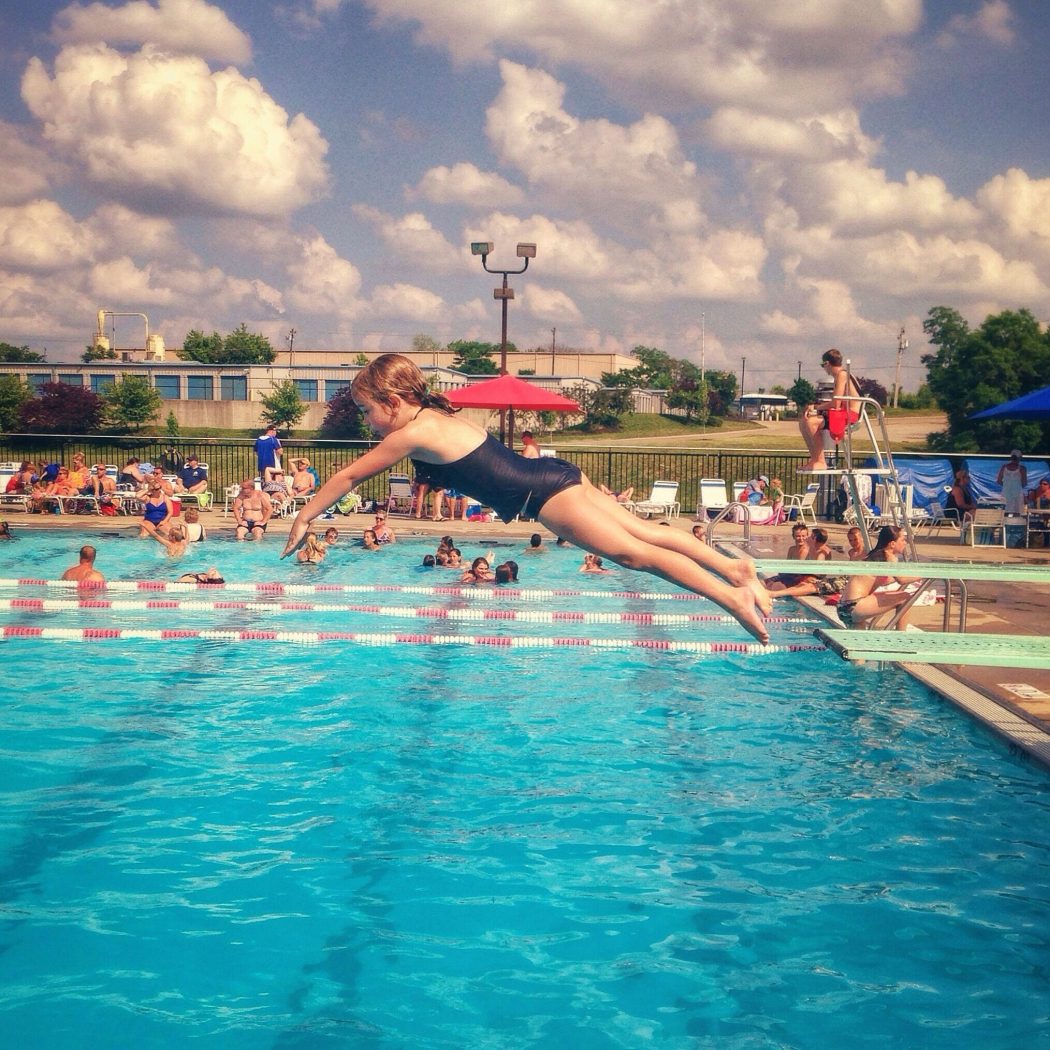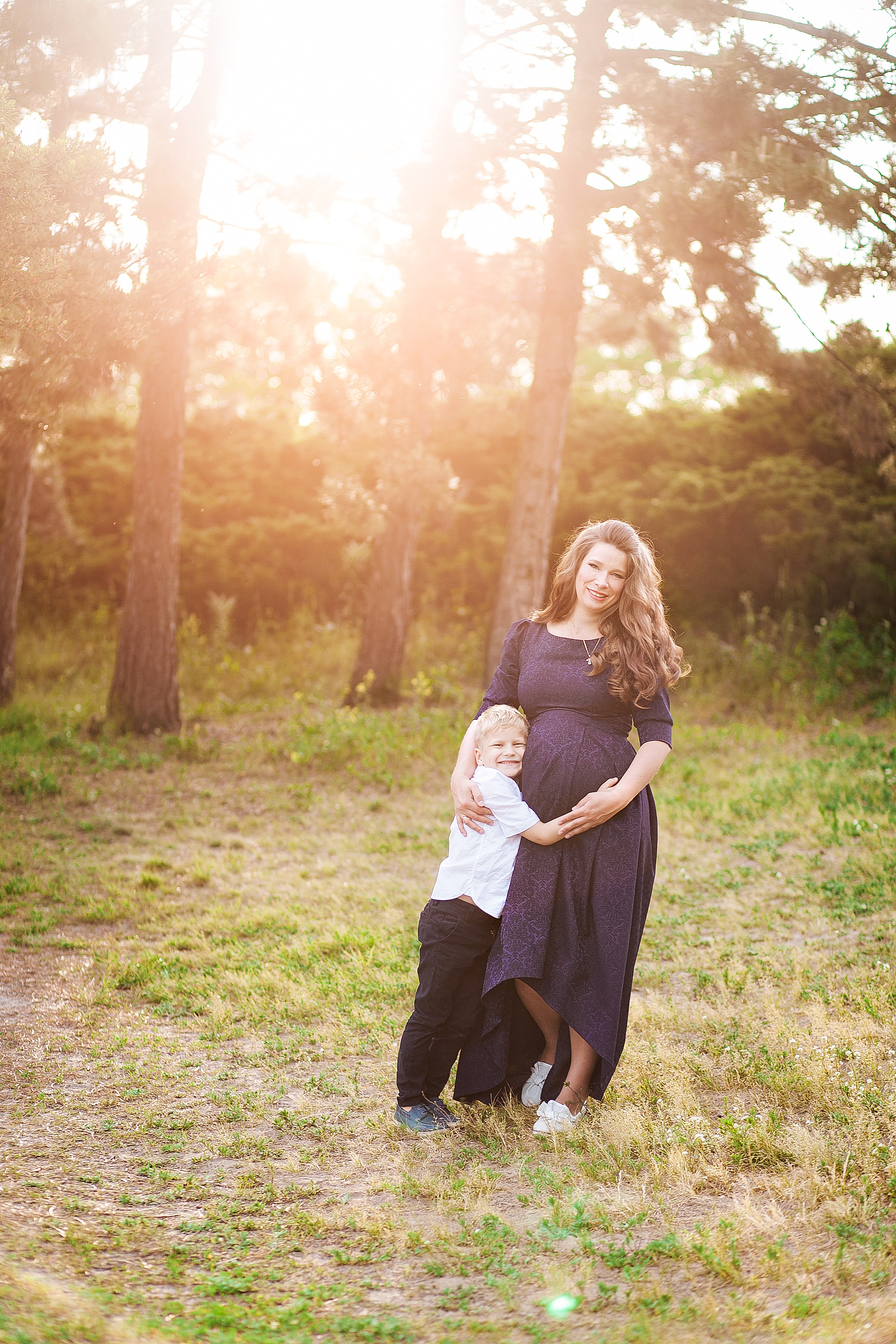I have finally become ‘cool’ in the eyes of my children. My secret? Telling my boys that Mister Maker was going to be calling me. ‘That’s so cool Mum! You are so cool! Can you ask him how to make a rattle snake? Can you ask him to come to our house?’
It was at that moment I felt a bit nervous about the interview – and what I would tell my kids about Mister Maker afterwards. After all, I had to remember I wasn’t going to be speaking to Mister Maker, but the man behind the spotty vest and spiky hair, Phil Gallagher. It is always interesting when you interview someone who you see on television every day – there is a feeling that you know them already – so sometimes it can be a shock when they are not as you imagined them to be.
However, when my phone rings at 10.03am (only three minutes after our interview was scheduled), Phil apologies for keeping me waiting. I tell him it is fine because of my new ‘Cool Mum’ status and he laughs, asks all about the kids and tells me to say hi to them from him, and that he would love to see them at the show. He is lovely (cue Mum Crush) – and it is clear, from the onset, Phil loves being Mister Maker.
“Getting this job was the best day of my life and every day is even better,” he reflects. “It was always my dream to be a kids’ television presenter and the live shows have taken on a life of its own. It is beyond my wildest dreams.”
“I’m so excited to be coming back to Australia. This year we are bringing the biggest show we have ever done.”
I do not think Phil could ever have imagined how big ‘Mister Maker’ (and other series’ including Mister Maker Comes to Town, Mister Maker Around the World and the new Mister Maker Arty Party) would become since first airing on our screens in 2007. It now plays in over 100 countries and live shows are touring around the globe (he tells me that as well as touring around Australia and New Zealand, he will also be taking the latest live show to Hong Kong and across the UK later in the year).
Perhaps the popularity of the show comes from the fact that the show inspires parents to set up arts and crafts for children who are crying ‘I’m bored’, without fuss or expensive materials (and we know from Mister Maker’s ‘minute makes’ that you don’t necessarily have to put aside a whole afternoon to create something).
ARTY TIP: “Recycle and collect materials to use – something that is ordinary that you can turn into the extraordinary. Plan ahead and start your own ‘doodle drawer’.”
When I ask Phil what he believes is the main benefit of doing arts and crafts for children, he says the key thing is confidence. “When I was growing up I loved making things. I got a lot of pride from what I made, so I believe art and craft generates confidence,” he says. “That is not just for children but for grown-ups as well. I often have parents and grandparents talk to me after live shows and they say thank you because the show has shown them that they can be creative and they can be arty. That is the cause of the show at its very core – to teach simple techniques. Once that has been taught, we hope to inspire whatever age that they can have a go – and the materials are easily attainable. It makes me pleased and proud that people surprise themselves.”
(Breakout) MISTER MAKER’S FAVOURITE MAKE: Phil says ‘pom-pom bugs’ are his favourite arty make. “It was something I made with my grandad when I was little. I still have one I made over 30 years ago, which I treasure.”
The tour commences June 25 in Hobart – with performances following in Melbourne, Sydney, Adelaide and Perth. For complete tour and ticket information go to livenation.com.au – and if you do see Phil out-and-about, Mister Maker loves meeting his fans. “Quite often it is the grown-ups that stop me first,” Phil says. “A lovely thing is that children don’t expect to see me in any other way than in my spotty waistcoat and spiky hair, so it can take a while for a child to comprehend what’s going on. It is lovely when people say hello – grown-ups and mini makers alike.”
What should I include in my child’s ‘doodle drawer’?
If your child’s art and craft box only consists of paper and pencils, Phil offers some of his top arty material inclusions:
- Pom-poms (Phil says they are his favourite arty material)
- Googly eyes (or you can use white stickers and draw on the eyes with a black pen)
- Pipe cleansers
- Gloopy glue
TIP: Not the glitter…If you curse Mister Maker when you are cleaning up glitter after your child creates a masterpiece they saw on the show, Phil offers a handy ‘glitter clean-up tip: “A piece of sticky tape is a good trick. Gently push it onto a surface and the glitter sticks to the tape.”
“I do apologise to all the grown-ups about glitter,” he says. “Quite often parents will come up to me with a smile, put their arm around me and say ‘Why, Mister Maker? Why the glitter?’. I apologise for that. If it’s any consolation, I find glitter everywhere. My mum came to my house yesterday and as I was making her a cup of tea she remarked how much glitter there was in my kitchen… It follows me everywhere.”















